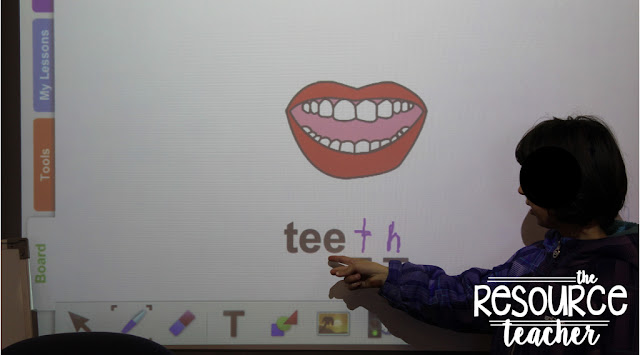Let's face it...as much as we try, those don't work in our classrooms. When I read a lesson I think, if I do that Johnny will walk away, if I do this Susie will act out etc. Now don't get me wrong, I do not limit my students and I challenge them daily, but I have had to find different ways of doing this.
I teach reading two times a day. The students in my first group range in reading levels A- I (Fountas and Pinnell) and my students in the second group are still working on emerging reading skills.
For this post I am going to focus on how I structure my reading block for the first group. During this time I have 9 students and 2 para professionals. Here is a picture of my schedule break down during this time. My paras run the table work center and monitor independent reading while I teach group time.
Now you may be thinking I don't have names on this for confidentiality reasons, but honestly, this is what it looks like in my classroom too. I am always changing who is in which group so it is just easier to color code the schedule, rather than moving the kids names and reprinting each time.
Group Time: Here is my weekly outline for my lessons.
On Mondays I introduce the book to both groups. I use the Unique Learning Systems N2Y library to get my reading materials. I like the leveled library because a lot of the books have the same theme but are different levels. I am also very fortunate to have a SMARTboard so I can just project them right on there but you can easily print these books or pull them up on iPads.
I read the book to the students and do a lot of "thinking out loud". Depending on time we may re-read the story. For my higher group I will have them taking turns reading a page. For my lower group I will select 1-2 words to have them help me with.
On Tuesday and Wednesdays I break apart the book and focus on the main skills needed for each group. My high group struggles with comprehension and my low group struggles with phonics. Here are some activities I do with the groups.
Group 1:
We first focused on identifying what "who" means. "Who tells a person or animal".
What I also love about using books from the N2Y Library are that I can grab the symbols used (or similar symbols) using Symbol Stix. I print and laminate picture cards for added visuals. After we go over the words I pass them out to the students. Some kids can handle having 2-3 cards while others can only have 1. As we read the story I ask questions and the students who have the answer are supposed to respond. This has been a huge hit in my classroom and I LOVE when I see the kids jump or start to wiggle because they realize they have the answer. This is a great way to keep them engaged during reading.
I also use that same skill but take the book away and pull phrases or sections from the story without the added picture supports and see if the students are still able to answer the questions. As you can see this week we had a strong focus on answering "who" questions.
Group 2:
We focus A LOT on phonics. This week we focused on the "th" sound. Hooked on Phonics has a ton of free videos on YouTube so I am always sure to check there when we are working on specific sounds. We may be cool but let's face it....kids love videos :)
We then practice the skill by adding the particular sound onto words.
We then generate lists of words that have the "sound" that we worked on. Most of the time the kids end up using the same words we just practiced but that is OKAY!! they are recalling information.
On Thursdays we re-read the story. This usually doesn't take very and it is a great time to work on comprehension with my low group and phonics with my high group.
Table Time:
I find extension activities that correspond to the skill we are working on. Sometimes these are paper and pencil and sometimes they are more hands on. We also through in some time to work on our spelling words!
These are just a few activities that work in my classroom. I have found that using the same routine from week to week has allowed the kids to be able to develop a routine. Being able to know what is expected of them helps them regulate their behaviors.
What kinds of whole group/small group reading activities do you do in your classroom?
 Follow my blog with Bloglovin
Follow my blog with Bloglovin















No comments:
Post a Comment